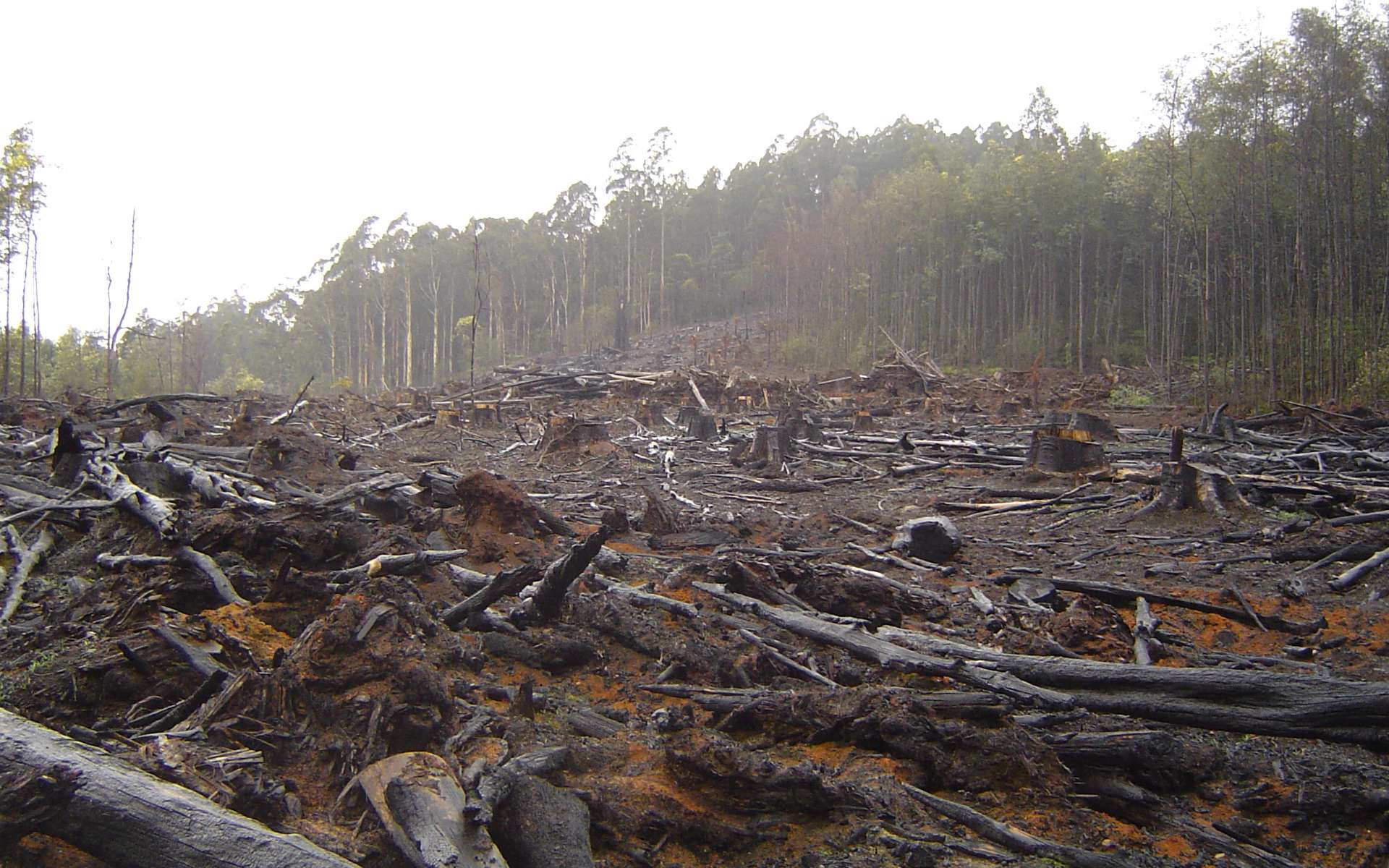Officials from around the world came together to create and support a vision for a new, sustainable economy: a bioeconomy. Almost 1,000 bioeconomy experts, from former heads of state to civil society leaders, convened in Berlin for the second Global Bioeconomy Summit (April 19-20) to discuss best practices and challenges.
Already, over 50 countries have begun to pursue bioeconomy policies in their own ways. But what exactly is bioeconomy? Though there is no single definition for the relatively new term, bioeconomy refers to the use of renewable biological resources instead of fossil-based sources for sustainable industrial and energy production. It encompasses various economic activities from agriculture to the pharmaceutical sector, IPSNews reported.
“How will we feed a growing world population? How will we supply the world with energy and raw materials? How do we react to climate change? The bioeconomy can help us to master these challenges,” said German Federal Minister of Education and Research Anja Karliczek in her opening address.
“We must use renewable resources, biological knowledge and biotechnological processes to establish a biobased–and above all sustainable–economy,” she continued.
The Global Bioeconomy Summit provides a forum to discuss such issues and to work towards protecting the ecosystem and developing an economy based on renewability and carbon-neutrality.
Among the speakers and participants at the conference was Global Green Growth Institute’s Director-General Frank Rijsberman. “We are facing a huge crisis on climate…people might not be as aware that agriculture and forestry—key parts of the bioeconomy—are in fact major drivers of planetary ill health,” he told IPS. “Our food production system is really not sustainable,” Rijsberman continued.
The world population is expected to grow to over nine billion by 2050, according to the Food and Agriculture Organization. Feeding such a population means that food production will need to increase by approximately 70%. Production in developing countries alone would need to almost double.
However, agriculture, particularly the expansion of agriculture, significantly contributes to increased deforestation, water scarcity, soil depletion and greenhouse gas emissions.
Soybean Farming and Deforestation
In South America, soybean farming has been a major driver of deforestation across the region including in the Amazon rainforest. Soy is often used to feed livestock, and as global demand for meat and other soy products have grown, so has deforestation in order to expand soybean production.
According to Greenpeace, almost 70,000 square kilometers of the Amazon rainforest was destroyed between 2003-2006 in Brazil alone, largely for soybean production. The amount of land lost is larger than the size of Ireland. Though Brazil recently enacted laws to curb deforestation and disincentivize soybean farming in such areas, concerns still remain across the region.
Rijsberman pointed to Colombia as an example where the government and a rebel group signed a historic peace agreement after a 50-year long conflict. “Now that there is a peace accord, which is obviously a good thing, the fear is that the part of the country that has not been accessible will suddenly be developed and that like in Brazil, trees will be cut and the cattle ranchers and soybean farmers will destroy the forest,” he told IPS.
Soon after the demobilization of the Revolutionary Armed Forces of Colombia, deforestation in the country’s rainforests rose by 44% from 2015 to 2016. Much of the land that was once controlled by FARC has been opened up and lost to illegal logging, mining, cattle ranching and palm oil production.
GGGI has been working with the Colombian government to come up with alternative ways of developing and using their forests.
“We are trying to support the Colombian government…to get high-value products produced by the forests itself, to have sustainable livelihoods and green jobs…alternatives to cutting the forest down for agriculture,” Rijsberman said.
Other countries have also chipped in, including Norway which has donated $3.5 million over two years to the South American nation to curb deforestation through the adoption of sustainable farming methods and eco-tourism projects.
Biofuels
While bioeconomy can help countries become greener, not all bioeconomy is sustainable, Rijsberman said. For instance, biofuels, which are made from food crops, have been seen as low-carbon substitutes for liquid fossil fuels to power transportation.
In the United States, 96% of ethanol was derived from corn in 2011. Brazil uses sugarcane in order to produce ethanol. Both countries produced 85% of the world’s ethanol in 2016. However, research has shown that the demand for such biofuels leads to the destruction of forests, higher food prices, and increased greenhouse gas emissions.
In fact, accounting for all factors in production such as land use change, biofuels from palm oil and soybean cause carbon emissions comparable to that of oil from tar sands. Though research is already underway on new biotechnologies such as deriving clean biofuels from algae, a lot more work is needed to get government policies right, Rijsberman said.


